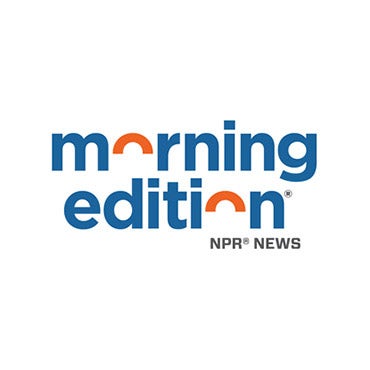Region weighs in on sweeping doctor training recommendations
 Photo via ShutterStock) " title="shutterstock_187470287" width="1" height="1"/>
Photo via ShutterStock) " title="shutterstock_187470287" width="1" height="1"/>
(Photo via ShutterStock)
A new report from the Institute of Medicine is calling for stronger oversight of graduate medical education, the largely publicly funded programs that train residents to become doctors after medical school.
Philadelphia is a hub for such training, with thousands of residents posted at hospitals around the region. Local medical center leaders say it’s too soon to know the exact impact of the new recommendations, but that drastic changes could disrupt the region.
Linking funding to outcomes
Public funding of graduate medical education or GME has remained constant since the mid-1990s; between Medicare and Medicaid, however, it tops $10 billion annually. The criteria for receiving such funds has long been based on Medicare patients at a given hospital.
“There are many things outdated and even wrong in the way graduate medical education is financed in the U.S.,” said Dr. David Asch, a member of the IOM committee that drafted the new recommendations and a professor at the University of Pennsylvania’s Wharton School and Perelman School of Medicine. “There’s approximately $15 billion of public money in GME, but none of that money is particularly tethered to outcomes that are measurable or even specified.”
The committee recommendations, mapped out in a 184-page report, seek to maintain current funding, but over time change the way it’s allocated and tie it to performance standards not yet developed.
They want to know, for example, how well schools are training doctors for a changing health system; to what degree residents are pursuing critical primary care roles and practicing in underserved regions; and if residency-training programs are situated in areas that need doctors the most. Currently, the Northeast has a high concentration of residency slots.
Asch proposes updating education approaches to better match an evolving health care system, but changes would require congressional approval.
The report sparked negative reactions from the American Academy of Medical Colleges, which has been pushing for additional federal funding to respond to future workforce shortages. The committee counters that more focused medical training where it’s needed and with a more integrated approach could better position the entire medical system to respond to future health care needs.
Local medical leaders weigh in
Drexel University oversees nearly 600 residents in the region. Dr. Mark Woodland, vice dean of GME there, said he and others initially worried the committee would call for a complete overhaul in GME funding. He’s glad that didn’t happen.
“Most of us understand that there’s going to be a different model of health care delivery in the future, and we need to educate our workforce toward that model so that it’ll be more collaborative and interdisciplinary model moving forward,” he said. “My only caution is how does the [IOM] implementation happen and to be very careful about our own regional infrastructure.”
Philadelphia is a resource beyond the region, he said, by training a lot more doctors and medical providers than it needs. Other areas without the same kind of educational infrastructure stand to benefit from well-trained physicians.
“Given that medical education is one of the largest industries in Philadelphia, this has a direct significant impact if we rearrange that thought process about who should be producing doctors and in what areas in the country,” Woodland said.
He says it’s too soon to know whether the recommendations, if carried out, would alter the region’s funding or the direction of that funding. Asch, with the IOM committee, added that such details of implementation have yet to be worked out.
Lisa Bellini, associate dean for GME at Perelman School of Medicine at Penn, said her institution excels at training subspecialists.
“Now we’ve got a series of recommendations that are talking about greater incentives for hospitals, AMCs [academic medical centers], programs to train more generalists, but I’m not necessarily sure that should be the mission of all AMCs, so it’s a really interesting debate,” she said.
Penn currently oversees training of more than 1,000 residents across three hospitals.
Meanwhile, Dr. Paul Katz, dean of Cooper Medical School in Camden, agreed that federal funding should come with more transparency, but said changes to graduate medical training alone won’t solve the nation’s growing health care needs in areas such as primary care. That, he said, requires looking at physician salaries, loan reimbursements, scope of practice rules and other policy issues.
“Whether it’s educating and training doctors or educating and training nurse practitioners or getting doctors into underserved disciplines or regions, that’s not an easy thing to do,” said Katz. “So there has to be incentives along the way to do this at every level. To do this at one level … I don’t think that’s going to wind up with a success story.”
Asch, with the IOM committee, agreed.
Expanding loan-repayment programs has been a focal point of Pennsylvania’s main physician group. Though details are not yet clear, Gov. Tom Corbett authorized an additional $1 million in funding in his most recent budget.
Katz said Cooper Medical School, which is preparing to oversee the hospital’s training of nearly 300 residents in Camden, just completed a months-long strategic planning process aimed at better aligning its GME program to meet workforce needs and address a big challenge: keeping doctors in the region after they complete their residencies.
WHYY is your source for fact-based, in-depth journalism and information. As a nonprofit organization, we rely on financial support from readers like you. Please give today.

